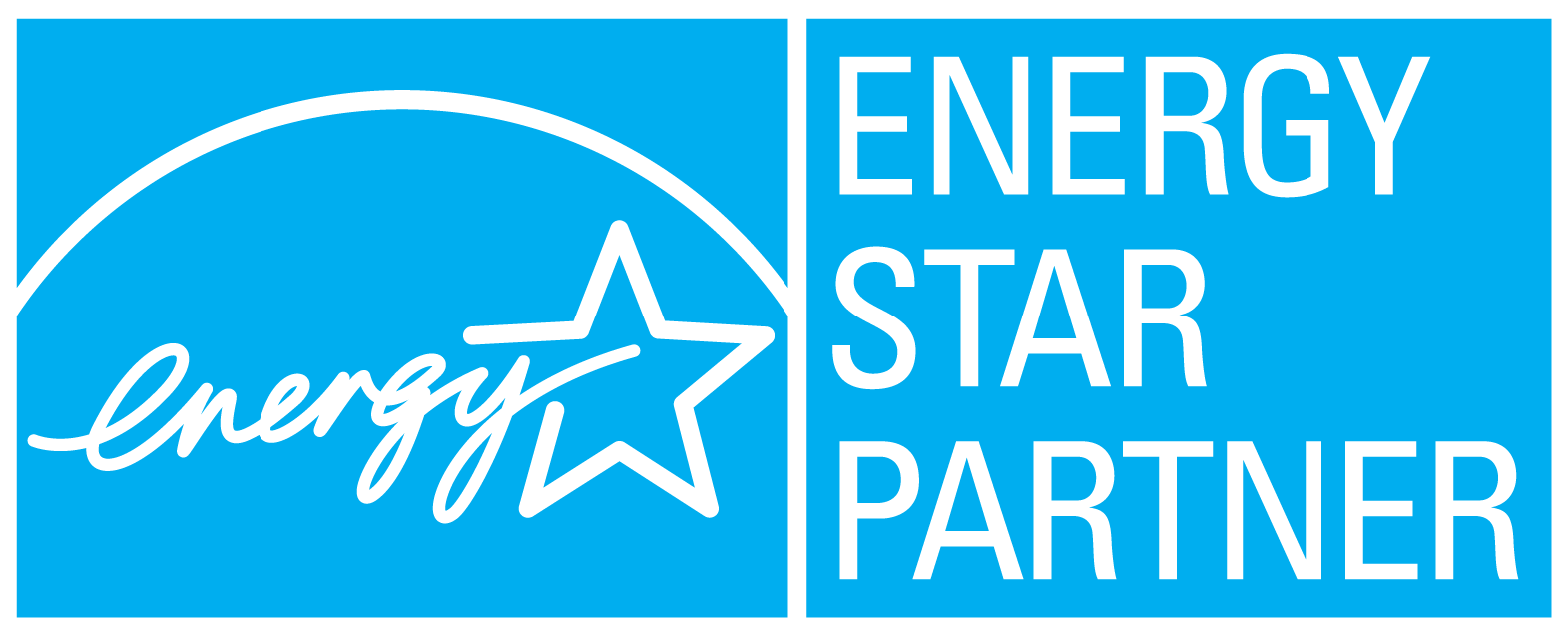What is the Henry Hub?
The Henry Hub is a natural gas pipeline located in Erath, Louisiana, that serves as the primary pricing point for natural gas futures on the New York Mercantile Exchange (NYMEX). Named after the hub’s location, Henry Hub is interconnected with many of the major gas pipelines in the United States, making it a crucial distribution point for natural gas. Henry Hub gas prices are a critical benchmark for natural gas pricing in the United States. The price that you see on the Henry Hub is an average of wholesale natural gas trades for the day, month or even for the year. You can think of it like the Dow Jones Industrial Average which is the average of all stock trades of companies each day. Understanding how these prices are determined and their impact requires a closer look at the intricacies of the energy market, the role of Henry Hub, and the factors that influence natural gas pricing.
Why does it matter?
The prices at Henry Hub are used as a benchmark for natural gas pricing across North America. These prices are influential in determining the cost of the commodity natural gas in different markets and are closely watched by energy companies, traders, and policymakers. For consumers and businesses, these prices can influence the cost of heating and electricity, as natural gas is a significant source of energy for these purposes, we will explore exactly how natural gas prices directly influence electricity prices in another article, stay tuned!
The key difference between Henry Hub prices and the prices on your energy bill is that Henry Hub prices are wholesale prices that serve as a benchmark for trading in the energy sector. This price reflects the market value for the commodity (natural gas) which does not include delivery costs, retail margins, taxes and fees.
In contrast, the prices on your energy bill are retail prices that include the cost of the commodity natural gas plus all additional costs associated with getting the gas to your home or business and the utility’s service. While Henry Hub prices can give an indication of the general trends in natural gas pricing, they do not directly correspond to the final price’s consumers pay, which are affected by a wide range of local factors, market conditions, and regulatory environments.
A comparable way to think about it is within the clothing industry. A fabric manufacturer may charge a clothing retail store a specific price for just the fabric, but the clothing retail store can sell the end consumer a t-shirt and charge them the cost of the fabric plus all additional costs for design, delivery, inventory costs, and margin. The fabric cost is certainly important, but there are many other factors involved in the end user price. Same with natural gas.
So, what are the other components in your electricity cost?
Since now we have distinguished that there is a significant difference between the Henry Hub natural gas price and your energy bill price, we are going to discuss some of the other components that are built in that can affect the final rate (retail cost) you see. Although it is true to say that whatever direction natural gas prices go so do your gas and electricity costs, there are other components built into them that can also sway the final rate. In terms of electricity, we tend to divide those “others” into 3 general categories:
Energy: This is the charge that bills you for the actual electricity that you purchase from the supplier.
Transmission: These charges encompass how the electricity is delivered to you. This cost pays for the infrastructure that your local utility needs to build and maintain to deliver the electricity to your house or business.
Capacity: These charges are passed on to you and are determined by regional transmission organizations and is designed to ensure that the power grid has sufficient supply to meet the demand of your region.
Ancillary: These charges are essentially all other administrative costs that are passed on to the consumer to maintain instantaneous access to electricity from the power grid.
The price trends of these components differ from region-to-region and fluctuations in these costs can be caused by initiatives that are taken upon by utilities, local, and state authorities. For example, in states like New York ancillary rates are forecasted to continue to move up, as local utilities must increase the capacity of their grids and build new interconnection lines to power other sources of generation through renewables as states look to push for the retirement of fossil fuel plants and move towards cleaner energy.
See below:

In conclusion, the Henry Hub serves as a vital benchmark for natural gas pricing across North America, influencing not only the energy market but also the cost of heating and electricity for consumers and businesses. While Henry Hub prices provide a glimpse into the broader trends of natural gas pricing, it’s crucial to recognize that the prices on your energy bill reflect a myriad of additional factors, including delivery costs, retail margins, taxes, and fees. Understanding the components of your electricity cost—such as transmission, capacity, and ancillary charges—sheds light on the complex web of factors that contribute to the final rates you pay. Next month we will take a look at all the components that is built into the gas rate on your bill as well as exploring how natural gas prices directly impact electricity prices.




